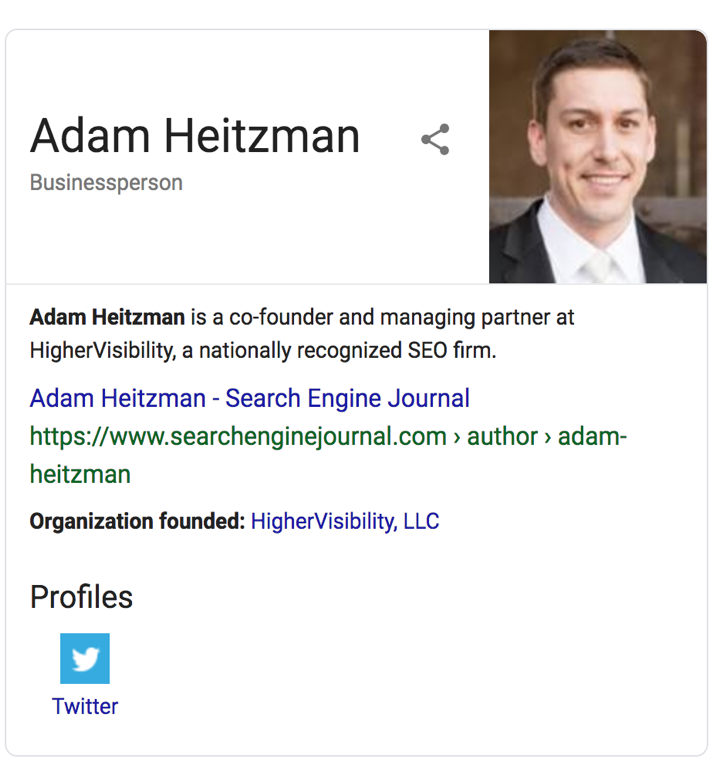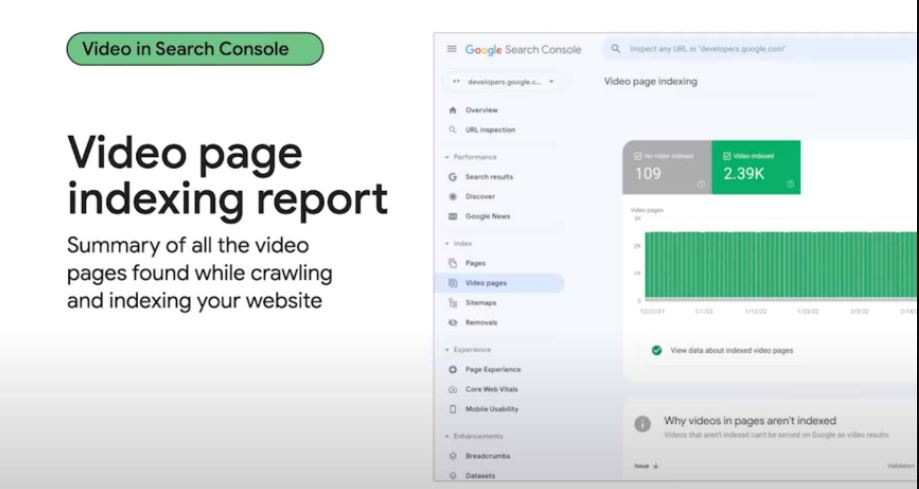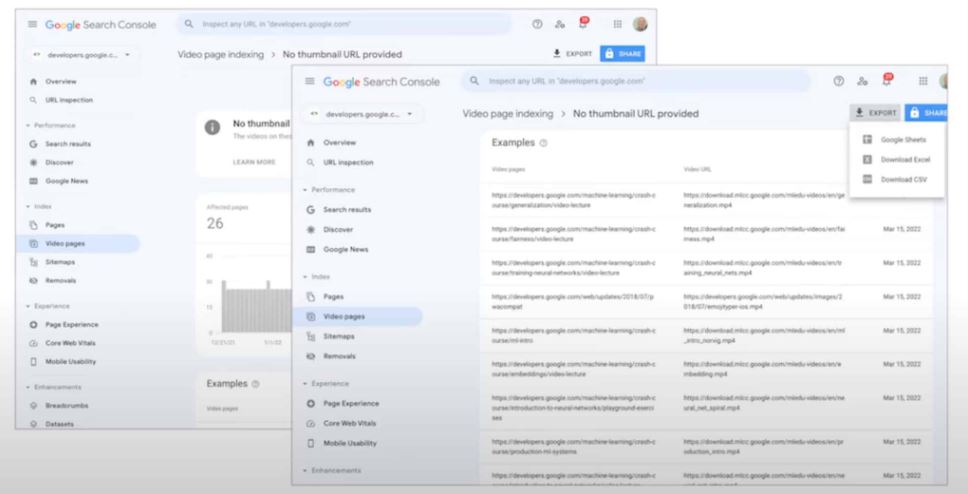Link building: the least favorite part of SEO
There are plenty of reasons to love SEO. I certainly do and have since I started my SEO journey in 2007.
But every job has unique challenges – aspects that can be frustrating, difficult, tedious or even downright painful.
That’s why, earlier this week in the Search Engine Land newsletter, I asked readers: What is your least favorite part of SEO?
Well, we have a winner. Or loser?
It’s link building. More than 20% of respondents said link building was their least favorite part of SEO.
Let’s dig into the results.
Link building and outreach. It’s time-consuming. It’s tedious. And success is never guaranteed. These are a just few of the biggest complaints from SEOs about trying to build quality links that we saw from Search Engine Land readers:
- “Getting backlinks – it is the equivalent of a vampire sucking your soul for very little return.”
- “Obviously, getting natural links is nice, but when you’re out there fishing for them, it may or may not be fruitful. It’s so time-consuming and there’s no guarantee you’ll see the results you want.”
- “Too much work to get any reward. It often feels pointless.”
Google. Yes, Google. There were a range of complaints. A few were specific to Google Business Profiles:
- “Way too many spam listings outranking actual, quality businesses. Legitimate reviews are being removed. If you happen to get suspended for no reason, support is a nightmare to deal with to get your listing back up. And yet, you’ve got deal with GBP, at least in local SEO, because of its prominence in the SERPs.”
- “Lack of control. Such an important listing for local businesses, yet so volatile. Make it paid already and give us more control and better customer service.”
But our readers shared other Google-related complaints, ranging from algorithm update timing to GA 4:
- “Google releasing algo updates right before the holidays.”
- “The metrics for the so-called “Page Experience” are so ambiguous in testing and evaluating.”
- “They’re trying their darndest to keep everyone in their ecosystem instead of allowing clicks through to sites. Their profits last year say it all.”
Proving the worth of SEO. Have you had to convince your organization that SEO is a smart investment? The answer should be as simple as, “Have you heard of this thing called Google.” Well, now you can point them to this article: Why SEO is a great investment, not just a cost.
Defending the value of SEO shouldn’t be such a struggle anymore. It’s 2022. Yet here we are:
- “People not taking SEO seriously or understanding the worth of its investment and time.”
- “The expectation that results will be immediate and positive every time.”
- “Having to work double as hard as PPC managers to prove SEO’s worth.”
More least favorite parts of SEO. Finally, a few randoms. These answers didn’t fit into any of our other buckets, but they are all valid reasons for these being called out as a least favorite part of SEO:
- “Technical optimisation. Never straightforward as to what exactly is causing the issues, and more often than not you need help from a developer. It’s rewarding once the problem is solved but the process is a bit of a maze.”
- “Watching what appears to be a well-optimized page rise and fall sporadically in the SERPs. It’s maddening.”
- “The uncertainty of what actually influences SERP position. It seems like a mystery and a moving target which makes it hard to manage.”
- “Keyword analysis, hangs me out of my throat. Uses 5 different tools, and has trouble stopping when enough is enough.”
Source: Link building: the least favorite part of SEO
What Is Personal Branding? Here’s Why It’s So Important
If you are reading this article, it is almost certain that you have been bombarded with the term personal branding and its relevance in the world of business.
You may think it is some new fad or a figment of the imagination of the marketing gurus.
But, believe it or not, personal branding is here to stay and will only become stronger with time.
So, what is personal branding, and why is it so important? Let’s find out.
What Is Personal Branding?
Personal branding is the process of creating a brand identity for a person or a company. As the name suggests, this is a brand for you or your business.

Why Is Personal Branding Important?
In an era where people’s attention spans are getting shorter by the minute, the need to make an impression is more important than ever. And the best way to do this is by creating a solid and memorable brand identity.
Unfortunately, most business owners do not realize the importance of personal branding because they think it’s a lot of extra work.
However, the truth is that if you want to create a successful business, you must create a successful brand.
People who know you and your business will trust you more and will buy more products and services from you.
4 Reasons For Personal Branding
- Helps One Stand Out From The Crowd
- Leads To Opportunity
- Your Audience Will Trust You More
- People Will Always Screen You Online
How To Get Started Developing Your Brand
One good place to start is by cleaning up your social media accounts. You can control what your reputation is online, and so you don’t want anything you post on social media to negatively impact your presence.
Another positive place to begin would be to create a personal website.
Use your website not only to build your brand but to add value to your audience. This is your platform to showcase your skills and experience, and also to share valuable advice with your audience.
Create a logo and theme for yourself, and keep it consistent throughout all your social media profiles.
Define who your audience is and devise a content strategy with them in mind.
Publish compelling content that will draw in your audience and keep them coming back for more because your content adds value to their lives.
Consider creating specialized, personal content that you can give your audience in exchange for their email address; this is a great way to build your email list.
Source: What Is Personal Branding? Here’s Why It’s So Important
Google Search Console to release new video page indexing report
A new video page indexing report is coming to Google Search Console in the near future, Dikla Cohen, a Web Ecosystem Consultant at Google, announced at Google I/O today. The new report shows you a summary of all the video pages Google found while crawling and indexing your site.
Video page indexing report. The video page indexing report will be found in Google Search Console, under the “Index” tab, under “video pages.” At the time of writing this, this feature does not seem live yet – but it should be coming soon.
This report shows you a summary of all the video pages Google found while crawling and indexing your site. It will help you:
- See how many video landing pages Google discovered and in how many of them a video was indexed
- Examine reasons for unindexed videos in landing pages
- Use the list of affected video pages URLs to debug and fix issues
- Validate fix to initiate recrawling of known affected URLs
What it looks like. Here are screenshots from the presentation:


Source: Google Search Console to release new video page indexing report
You still don’t have marketing security?
Five years ago, if you were to ask a marketer about their security strategy, the likely response would have been sheer confusion. “Bots, proxies, data-center traffic? That’s for the security team to worry about.” In 2022, however, you’d be hard-pressed to find a marketing leader who hasn’t deployed a marketing security strategy. Today, most marketers view fake, automated and malicious traffic as a strategic threat to their operation, compromising efficiency and hurting their bottom line.
27% of website traffic is fake, and it’s killing marketing efficiency
Recent data released by CHEQ across a pool of over 12,000 of its customers revealed that 27% of all website traffic is fake, consisting of botnets, data centers, automation tools, scrapers, crawlers, proxies, click farms and fraudsters. The scale of the “Fake Web” is massive, and marketers are seeing it everywhere. Just this past Super Bowl, 17 billion ad views came from bots and fake users. On Black Friday, a third of online shoppers weren’t real. Affiliate marketers are losing $1.4 billion a year to fraud. Elon Musk recently highlighted concerns over bots overrunning social media and Spotify is reportedly suffering from its own bot problem. Wherever marketers look, the Fake Web is there, and it’s affecting their campaigns, funnels, data and revenue.
Paid marketers without security ‘waste’ thousands of clicks on fake users
Perhaps one of the most visible issues for marketers, especially those running paid user acquisition, is Click Fraud. Bots, click farms and even competitors are draining their ad budgets and severely damaging campaign efficiency. Many advertisers suffer from thousands and even tens of thousands of fake clicks every month, amounting to a massive waste of spend. But it’s not just the wasted spend, it’s also budgets that could have otherwise gone to real paying customers who would have generated actual revenue. In fact, recent data shows that $42 billion is lost each year in revenue opportunities because of this issue.
But the real damage begins when those fake users infiltrate your audiences
Many paid marketers use smart campaigns or audiences to group together users that have either previously shown interest in their products or services or share attributes with users who have. This is helpful for expanding the market they are addressing and reaching new potential buyers. At this point, it might not come as a surprise that bots and fake users can stand in the way of successfully executing this practice as well. When audiences become polluted with malicious human users or invalid bot traffic, marketers end up accidentally re-targeting and optimizing toward fake traffic. If marketing security measures are not put in place, the cycle can continue until audiences are overtaken by bots and no longer share any resemblance to a group of human users that have the ability and intention to convert. If clean audience segments are a priority, then, for many marketers, marketing security is as well.
Fake traffic is also one of the biggest drivers of poor lead quality
Every marketer can relate to the frustration of illegitimate looking inbound leads. Sometimes it’s a fake account or a bogus email address. Sometimes the information looks legitimate but when you research the lead you can’t find the company or individual. But whatever the case is, nothing causes more tension between sales and marketing than bogus leads that waste the sales team’s time and never convert. In fact, poor traffic quality is one the biggest drivers of marketing security adoption today, as teams look to eliminate illegitimate form fills and submissions and prevent them from polluting the sales pipeline.
But perhaps the biggest reason marketers are fighting bots is data quality
Beyond the monetary waste, budget inefficiency, polluted audiences and fake leads, there is one issue that stands above them all, which is perhaps the biggest driver of marketing security adoption – and that issue is data quality. Think about it – organizations spend so much energy, time, effort, resources and money on data management and consumption – expensive BI, analytics and reporting tools, teams of analysts, CDPs and DMPs. All of this so that they can drive better tactical decisions around landing page optimization, audiences and targeting, as well as strategic decisions around budget and channel planning, growth planning and revenue forecasting. When an average of 27% of traffic-in-funnel is fake, all that data is skewed and those decisions are severely compromised. Adding a layer of visibility to detect bots and fake users and gain transparency over their funnels, is becoming an absolute integral part of the modern-day marketer’s role.
More than anything, marketing security is being looked at as an opportunity
Marketers want to eliminate these threats to their operation, but above all, they want to drive better budget efficiency, better leads and higher revenue, and that’s the ultimate goal of marketing security. Eliminating these inefficiencies drives a healthy, clean and transparent funnel that delivers better results. And for these reasons, asking a marketer “what’s your security strategy?” in 2022, is quickly becoming an almost banal question, as Marketing Security quickly becomes an industry standard.
Source: You still don’t have marketing security?
More News:
Here’s What We Learned From TikTok, Meta, Snap & Twitter At IAB NewFronts
LinkedIn changing feed, will show less low-quality content, polls

